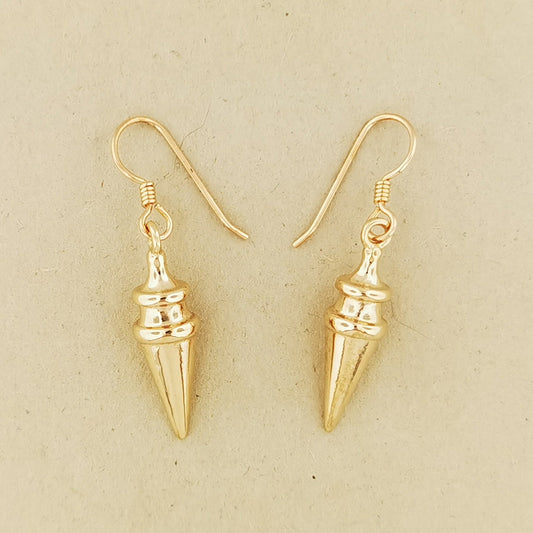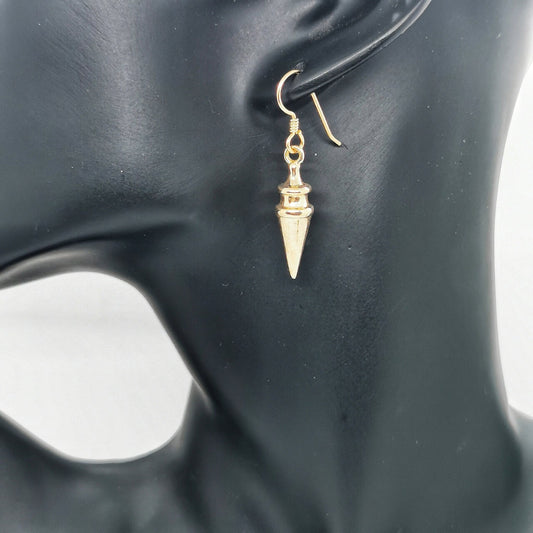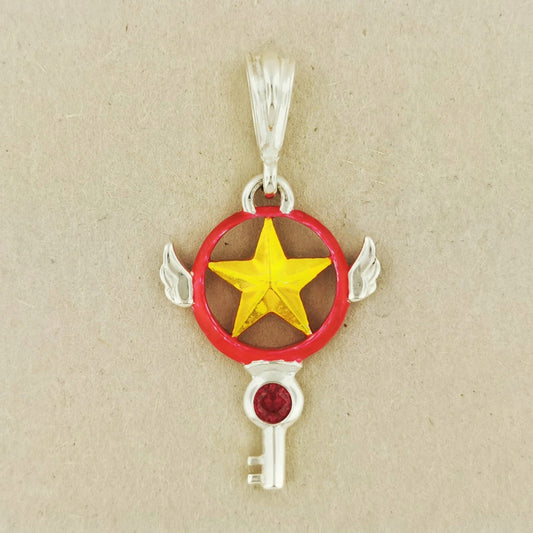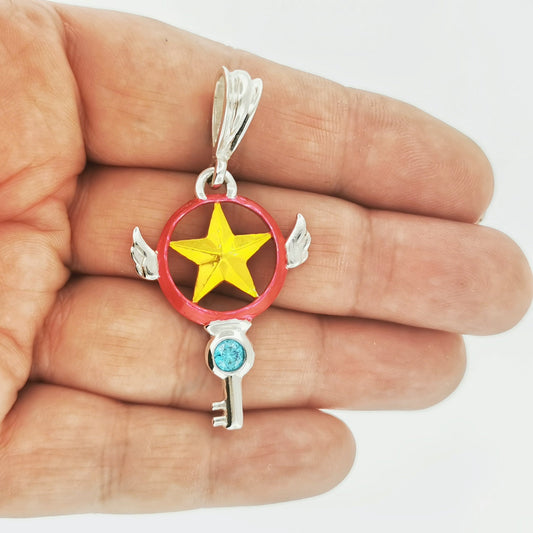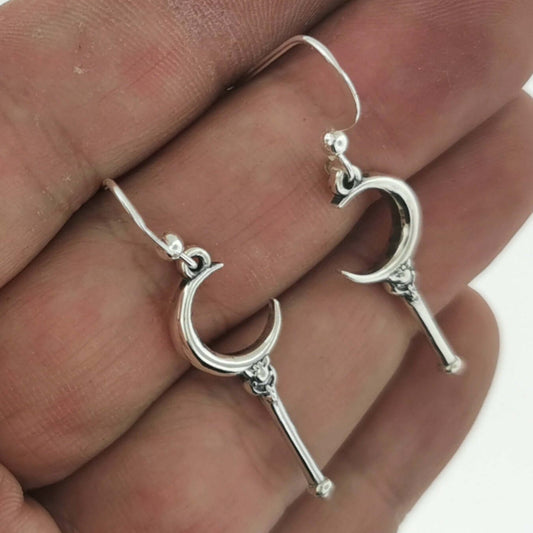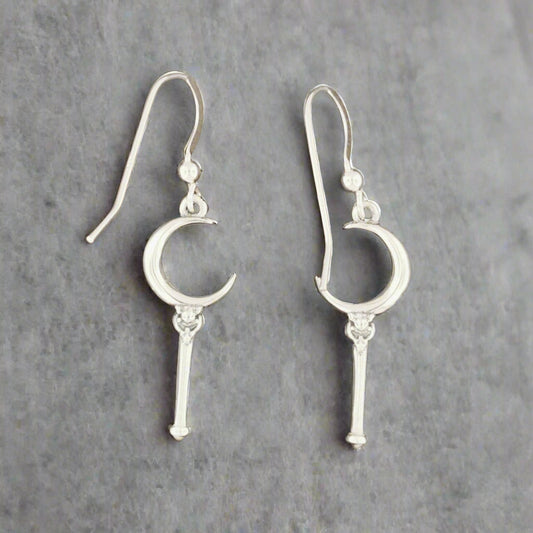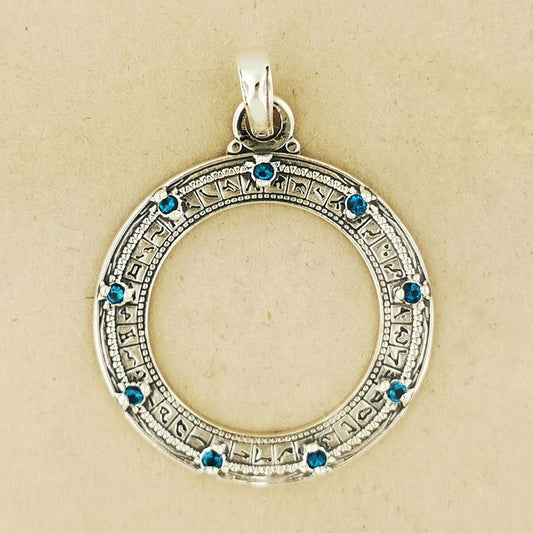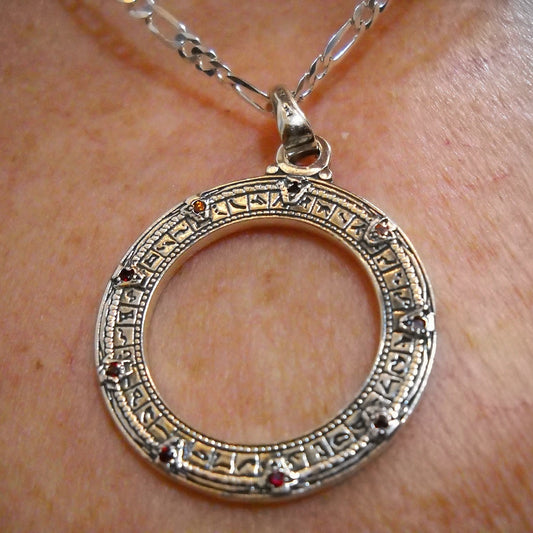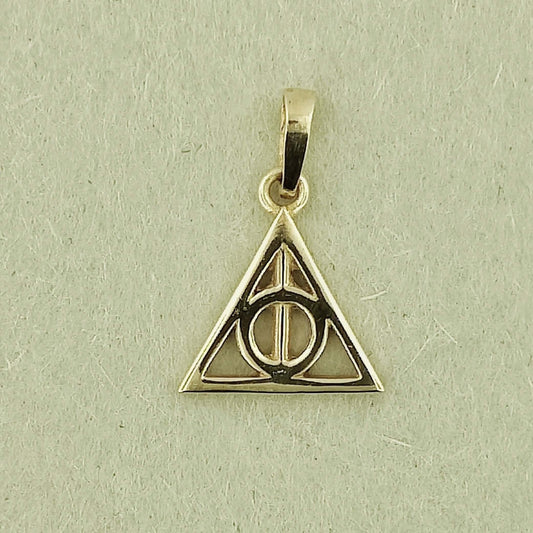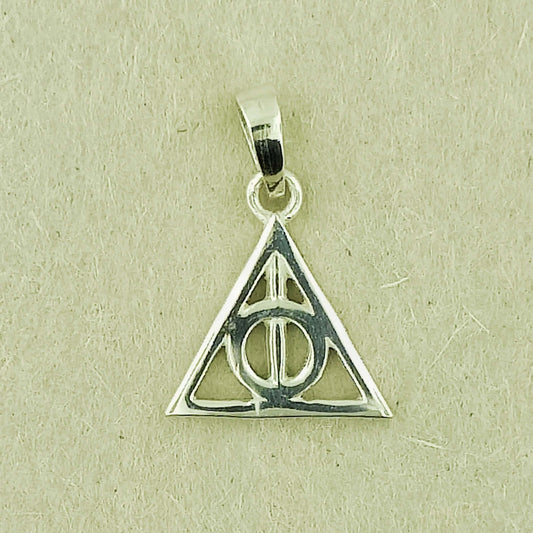Opal & Pink Tourmaline: October’s Gem Glow-Up
October babies, you really hit the jackpot. You don’t just get one gemstone — you get two. And not just any two — opal and pink tourmaline are literal works of art forged by the Earth itself. Both are soaked in history, wrapped in myth, and adored by royalty, mystics, and modern icons alike. So buckle up, gem geeks — we’re diving deep into the glittering world of October’s twin treasures!
Opal: The Fire of Lightning and the Tears of Joy
Opal is one of those stones that feels alive. Its shifting flashes of colour — the “play-of-colour” — have enchanted humans for thousands of years. The ancient Romans called it opalus, meaning “precious stone,” and prized it above all others, believing it symbolized hope, purity, and love. Roman scholar Pliny the Elder once wrote that opal combined the glories of all other gems in one — pretty high praise for something pulled out of the dirt!

White Australian Opal. Photo Credit: opal-information.com
Meanwhile, in ancient Arabia, opals were believed to fall from the sky during thunderstorms, capturing lightning inside them. The Greeks thought opals gave their wearers the power of prophecy, while Aboriginal Australians tell Dreamtime stories of a creator who came to Earth on a rainbow, where his footprints turned the rocks into opals — a seriously poetic origin story.

Various Australian Opal Specimens. Photo Credit: briliyond.com.au
Famous Opals and Their Royal Fans
Throughout history, opals have been the darlings of queens and celebrities alike. Queen Victoria adored opals and gave them as wedding gifts to her daughters, single-handedly reviving the gem’s reputation in 19th-century Europe after it was unfairly branded a “bad luck” stone by novelist Sir Walter Scott. Her love of opals spread through high society like wildfire.
One of the most legendary opal treasures in royal history is The Queen’s Andamooka Opal Parure — a jaw-dropping set gifted to Queen Elizabeth II during her 1954 visit to Australia. The centrepiece, the Andamooka Opal, is one of the largest and most vibrant opals ever discovered, mined from the outback town of Andamooka, in South Australia.

Photo Credit: https://www.opal-information.com/famousroyalopals.html
The dazzling stone was set in an exquisite diamond-studded necklace and paired with matching earrings, designed to highlight the gem’s fiery play-of-colour — flashes of blue, green, and crimson that seem to dance under light. While the set wasn’t part of the Queen’s official crown jewels, it became one of her most iconic Australian keepsakes, representing both the nation’s opal-rich heritage and the deep admiration of her Commonwealth subjects. It’s a perfect example of how opal isn’t just beautiful — it’s majestic.

Photo Credit: Lonely Planet
In modern times, opal still captures the spotlight. Elvis Presley owned a famous opal-studded ring, and Empress Joséphine (Napoleon’s wife) famously wore a fiery red opal known as “The Burning of Troy.” Even today, celebs like Cate Blanchett, Taylor Swift, and Jennifer Lopez have flaunted opal jewellery on the red carpet — proof that this stone never really went out of style.
Where Opals Come From and Why They’re So Rare
Australia is basically opal paradise — places like Lightning Ridge and Coober Pedy are legendary for producing black and white opals that shimmer like bottled rainbows. Ethiopia has also made waves in recent years for its vivid, translucent “Welo” opals, while Mexico produces fiery orange and red varieties that look like they’re glowing from within.

Opals form when rainwater seeps into rock, carrying silica that slowly hardens into a gel — over millennia, that gel turns into opal. The result? A gemstone that’s as unpredictable as nature itself. Each opal’s colour pattern is unique — no two are ever the same.
Man-Made Opals: Science Meets Stardust
Man-made opals are a brilliant fusion of science and sparkle. First perfected in the 1970s by innovators like Pierre Gilson in France, these lab-grown gems replicate opal’s natural play-of-colour by growing silica spheres in controlled conditions. They’re not fake — they’re real opal, just created in months instead of millennia.

Photo Credit: profoundglass.com
Chemically and structurally almost identical to natural opal, they tend to show more uniform colour patterns and a vibrant, almost electric glow. Bonus: they’re tougher, less porous, and far more affordable, making them a go-to for modern jewellers and eco-conscious collectors alike. Whether born in the Earth or the lab, that rainbow fire is still pure magic.
The Spiritual Energy of Opal
Spiritually, opal is a stone of amplification. It’s said to enhance creativity, intuition, and self-awareness — but also to reflect your emotions right back at you. That’s why it’s often called a “mirror of the soul.” Artists, writers, and dreamers wear opal to channel inspiration and unlock imagination. In crystal healing, it’s linked to emotional freedom and awakening your true potential.
Pink Tourmaline: The Heartbeat of Compassion
If opal is fire and lightning, pink tourmaline is warmth and light. Its lush pink tones — from the palest rose to vibrant magenta — exude romance, joy, and emotional healing.

Pink Tourmaline Faceted Gemstones. Photo credit: blog.stuller.com
It’s often mistaken for ruby in ancient jewellery, and for good reason: pink tourmaline can be that vivid. The central stone of the Crown of Wenceslas, crafted in 1347, was long believed to be a ruby but was revealed in 1823 to be a pink tourmaline, showcasing the gem’s fiery brilliance that had captivated Bohemian royalty for centuries.

Crown of Saint Wenceslas, in Prague (1346). Photo: Wolfgang Sauber
Pink tourmaline is found worldwide, with notable deposits in the U.S., Brazil, Nigeria, Mozambique, Madagascar, Afghanistan, and Namibia. The finest gems come from Brazil’s Muzo mines and Namibia, where stones display especially vivid colour. High-quality pink tourmaline is exceptionally rare — and priced to match its beauty.
The Chinese Empress Dowager Cixi, one of the most powerful women in history, was obsessed with pink tourmaline.

Photo Credit: Library of Congress
She imported it in bulk from California and had it carved into snuff bottles, hairpins, and royal jewels. When she died, she was even buried with a pink tourmaline pillow. Talk about commitment!

Photo Credit: plumbclub.com

A pink tourmaline ‘Peach and Bats’ pendant, late Qing dynasty. Photo Credit: Christie’s
Famous Tourmalines and Modern Icons
Tourmaline’s royal and celebrity connections didn’t end there. Queen Elizabeth II owns a stunning pink tourmaline brooch, and Jackie Kennedy Onassis had a pink tourmaline ring designed by Van Cleef & Arpels.

Queen Elizabeth II's Pink Tourmaline Brooch. Photo Credit: goodhousekeeping.com
In the world of gem collectors, the “Rubellite” variety (deep raspberry pink tourmaline) is especially prized. One of the most fascinating stories in gem history is that of “Caesar’s Ruby.” This breathtaking crimson jewel was once thought to be a genuine ruby and held a place of honour among the Russian crown jewels. In reality, it was a rubellite tourmaline, gifted in 1777 by Swedish King Gustav III to Catherine the Great during his visit to St. Petersburg.

"Ceasar's Ruby" carved rubellite tourmaline. Photo credit: Diamond Fund of Russia, Gokhran
For over a century, it was admired as one of the most splendid rubies in Europe, until mineralogist Aleksandr Evgenevich Fersman uncovered the truth in 1922 while cataloguing the Russian crown treasures.
His examination revealed that the fiery “ruby” was, in fact, tourmaline — a gemstone capable of dazzling even the most discerning eyes. Today, Caesar’s Ruby remains part of the Kremlin’s Diamond Fund collection, its legacy shining as both a royal treasure and a brilliant case of gemological mistaken identity.
The Metaphysical Magic of Pink Tourmaline
In crystal lore, pink tourmaline is pure heart energy. It’s said to open the heart chakra, encouraging love, compassion, and emotional balance. Many wear it for healing old wounds or attracting positive relationships. It’s considered a “comfort stone” — perfect for anyone needing a dose of calm and kindness. Think of it as your emotional first-aid kit in gemstone form.

Pink Tourmaline Specimen. Photo credit: minerals-stones.com
Why Opal and Pink Tourmaline Make Perfect Jewellery
Beyond their stories and symbolism, both opal and pink tourmaline are knockout choices for jewellery.
Opal’s unique play-of-colour means no two stones will ever match — a dream for those who crave individuality.
Celtic Triquetra Knotwork Gemstone Ring in Sterling Silver with White Ethiopian Opal by Le Dragon Argenté
Pink tourmaline, on the other hand, is durable and versatile, ideal for romantic rings, earrings, and statement necklaces that can handle everyday wear. It really pops when paired with antique bronze or gold too!
Howls Moving Castle Ring in Sterling Silver with Faceted Pink Tourmaline by Le Dragon Argenté
Antique Bronze Claddagh Ring with Pink Tourmaline Heart by Le Dragon Argenté
The Eternal Allure of October’s Gemstones
From ancient myths to red carpet glamour, opal and pink tourmaline have enchanted humanity for millennia. They embody transformation, individuality, and emotional depth — the perfect pairing for autumn’s introspective energy. Whether you wear them for style, spirituality, or sentiment, these October birthstones remind us that beauty often comes from within — refracted, reflected, and infinitely unique.
So go ahead — wear your fire and your heart on your sleeve. October’s gems were made for those who dare to shine differently!
Thanks for reading,







